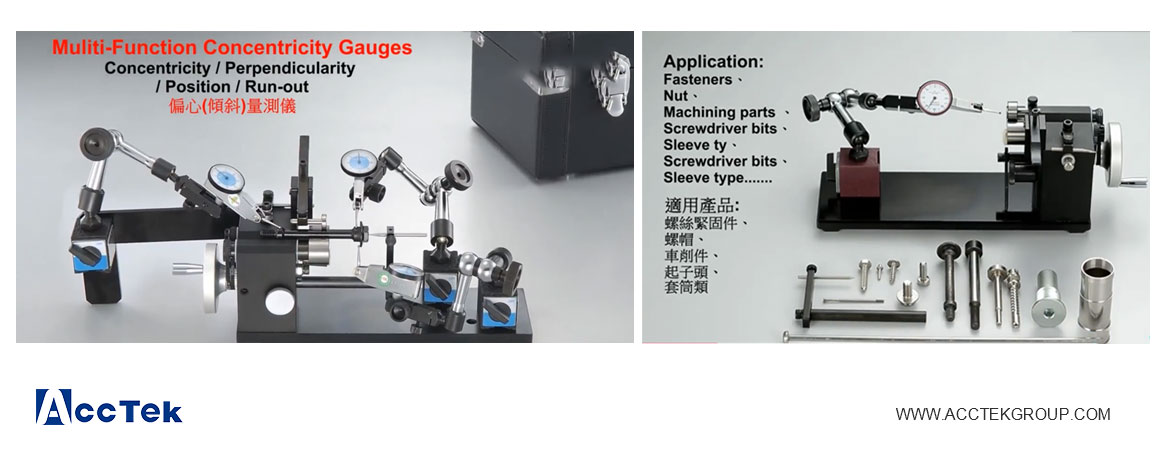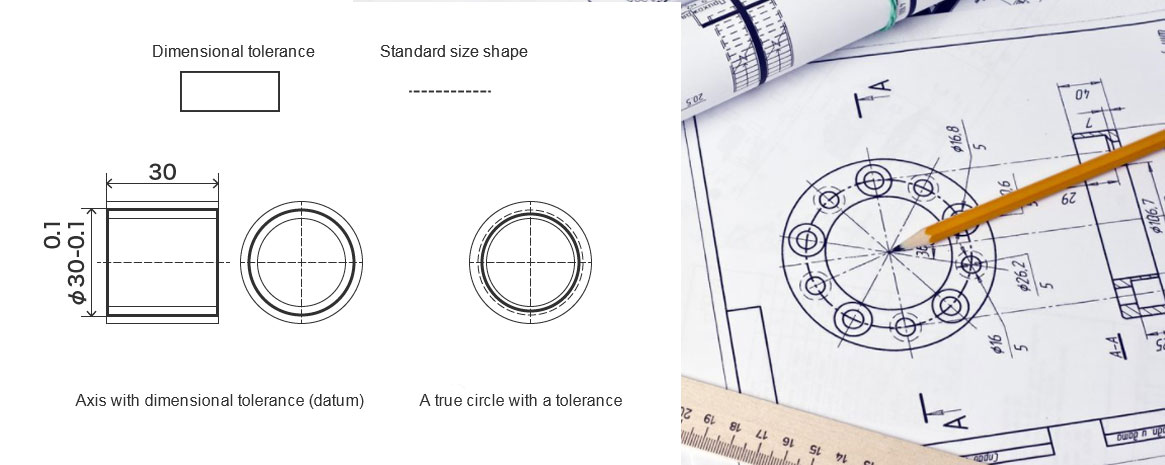CNC machines can achieve very high levels of accuracy. However, running the milling of a part on a CNC machine’s highest level of accuracy is however an expensive and time-intensive undertaking. This is where machining tolerances come in. Since different parts require different degrees of accuracy, it is economical for a designer to specify the specific tolerance needed for that part.
What Are Machining Tolerances?
In short, tolerances are measurements that signify the level of precision needed for a part that you want to manufacture. Specifically, machining tolerances indicate the degree of variation permitted in a part’s final dimensions or measured value.
Tolerances are the allowable range for a dimension, usually expressed as “+/-’’. The designer determines this based on the fit, form, and function of the part.
Specified machining tolerances tell manufacturers and CNC machining services what degree of precision to use when producing a part. The smaller the tolerance—in the manufacturing world this is a tighter tolerance—the more precision required. The larger the tolerance—also called looser—the less precision you need.
What are Standard Machining Tolerances?
As mentioned, different materials and machining processes require different tolerances. This means there aren’t exactly ‘standard’ machining tolerances. However, some manufacturers have set guidelines they follow for particular applications.
When determining tolerances, there are several factors that are important to consider:
Material: No two materials are exactly alike, and some are easier to work with than others. It’s important to consider the heat stability, hardness and rigidity and abrasiveness of the material in order to determine tolerances.
Method of machining: The type of machining used can greatly impact the end product, as some processes are more exact than others.
Plating and finishes: Plating and finishing add small amounts of material to the surface of a part, which can alter the dimensions of the part just enough to require a different tolerance.
Cost: The tighter the tolerance, the more costly the process. In order to remain cost-efficient, it’s important to ensure your tolerance is precise, but not tighter than necessary.
The tighter the tolerance the more money it’s going to cost since there are greater set-up needs, lengthier cycle times, and additional fixturing or specialized tools.
When CNC machines reduce speed to hold tighter tolerances leads to longer cycle times resulting in a jump in costs. Extending the tolerance out just one additional decimal point can surge costs by a factor of two or three. Trying to set-up tighter tolerances involves a lot of intensive labor and inspections that can be very time-consuming. Therefore, the only time tighter tolerances should be used is when there is a requirement in the design criteria for the part.
If you are a CNC machining service provider, it is very important to choose a
high-quality CNC machine tool. You can learn about our CNC engraving equipment and metal cutting equipment online, and we will provide you with professional services and suggestions. Believe that our machines will provide you with high-quality workpieces and gain more customers.


